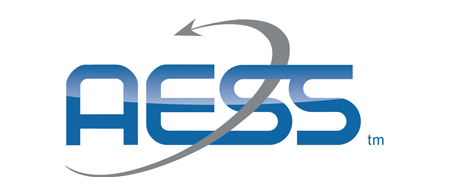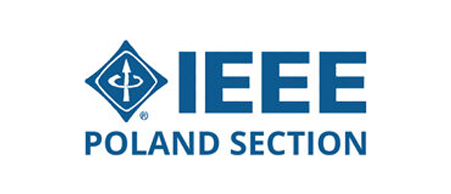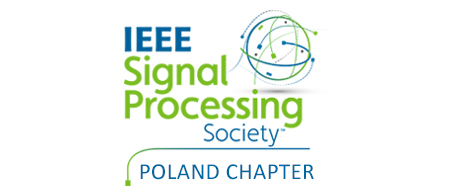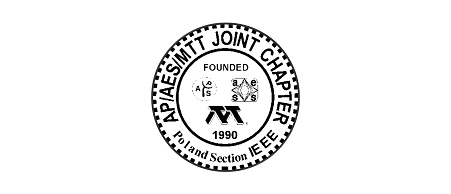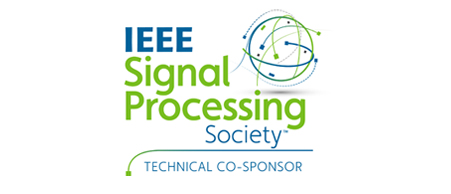High-Level Language Implementation of Real-World Systems: A Passive Radar Case Study
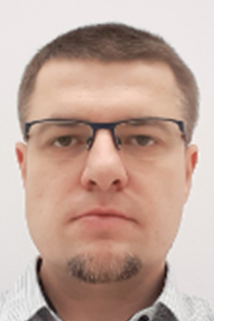 Tutorial Description:
Tutorial Description:
This tutorial delves into the practical aspects of implementing complex real-world systems using high-level programming environments, with MATLAB as the primary example. Focusing on the case study of a passive radar system, the session will guide participants through key design and implementation steps, from signal acquisition to data processing and visualization. Attendees will gain insights into the advantages and challenges of using high-level languages for rapid prototyping, system validation, and performance evaluation. This tutorial is ideal for researchers and engineers looking to bridge the gap between theoretical signal processing concepts and real-world applications.
Prof. dr hab. inż. Mateusz Malanowski:
Prof. Mateusz Malanowski received his M.Sc., Ph.D., and D.Sc. degrees in Electrical Engineering from the Warsaw University of Technology, Warsaw, Poland, in 2004, respectively.
He was a Research Scientist with FGAN (Forschungsgesellschaft fuer Angewandte Naturwissenschaften), Germany, and an Engineer with Orpal, Poland. Currently, he is an Associate Professor at the Warsaw University of Technology.
Prof. Malanowski is the author/coauthor of over 180 scientific papers. He is also the author of “Signal Processing for Passive Bistatic Radar” book, published by Artech House.
His research interests are radar signal processing, target tracking, passive coherent location, synthetic aperture radar, and noise radar. For the last 15 years, he has been involved in numerous national and international projects, focusing on passive radar, synthetic aperture radar, and noise radar. He has been a member of several NATO Science and Technology Organization groups. Prof. Malanowski is currently managing a project whose aim is to develop the first Polish, and one of the first in the world, operational military (TRL9) passive radar system.
Prof. Malanowski is an IEEE Senior Member and a member of the Institution of Engineering and Technology (IET) and the European Microwave Association (EuMA).


